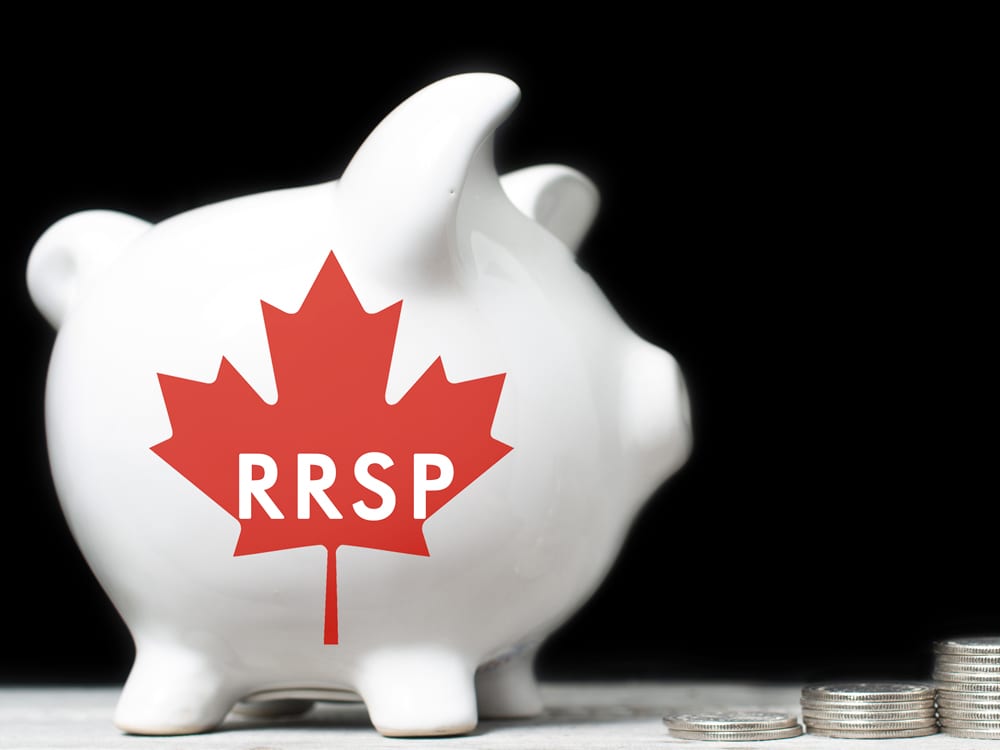
Can I use my RRSP when buying a property in Canada
Yes, you can use your Registered Retirement Savings Plan (RRSP) when buying a property in Canada through the Home Buyers’ Plan (HBP). The HBP allows first-time homebuyers in Canada to withdraw up to $35,000 tax-free from their RRSP to help finance the purchase of a home.
Here’s how it works:
Eligibility: To be eligible for the HBP, you must be a first-time homebuyer, meaning you have not owned a home you lived in as a principal residence in the past five years.
Withdrawal: You can withdraw up to $35,000 from your RRSP to purchase a home. If you’re buying with a spouse or common-law partner, you can both withdraw up to $35,000 each, for a total of $70,000.
Repayment: Any amount withdrawn through the HBP must be repaid within 15 years, starting the second year after the withdrawal. Repayments are made annually, with a minimum repayment amount set by the government each year.
Other requirements: You must also enter into a written agreement with the financial institution holding your RRSP to buy or build a qualifying home and live in it within one year after withdrawing the funds. You must also provide the financial institution with a copy of the agreement to buy or build the home.
Using your RRSP through the HBP can be a great way to get a head start on homeownership, but it’s essential to consider the long-term impact on your retirement savings. Before making any withdrawals, ensure you have a solid understanding of the HBP requirements and repayment plan and a clear plan for repaying the funds within the specified time frame.
The HBP provides an excellent opportunity for first-time homebuyers in Canada to access their RRSP savings to finance their home purchase. However, weighing the potential benefits against the long-term impact on your retirement savings is essential to ensure that you have a solid plan for repaying the funds.